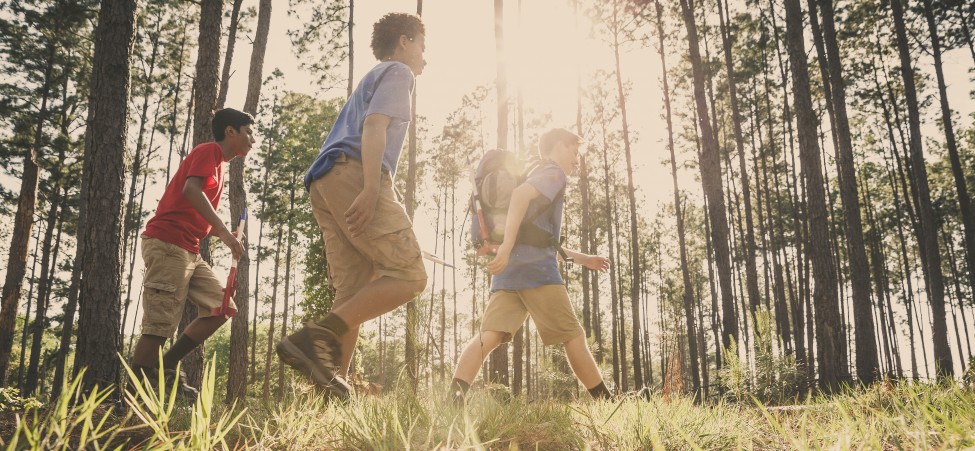
In Scouting, Safety Comes First
It may be surprising for some, but the very first section in every Cub Scout and Scouts BSA handbook isn’t dedicated to camping or hiking, but to youth protection.
“The safety of children is always our first priority,” said Michael Johnson, Youth Protection Director for the Boy Scouts of America. “It’s required program content for every youth, parent, and guardian.”
While handbooks go on to explain how Scouting’s activities should be carried out safely, we believe it is important for parents to be equipped with the information needed to understand the BSA’s comprehensive approach to preventing abuse, as well as information needed to recognize, respond and report concerns, from their very first interaction with Scouting.
Child abuse is something most people would rather not talk about, or even think about, says Johnson, but every offender benefits from that ignorance, and the consequences can be devastating.
Putting this tough subject at the forefront is an important step in helping maintain a safe environment. From the handbook chapter, How to Protect Your Children from Abuse: A Parent’s Guide, to Scouting advancement requirements, the BSA is intentional about including youth protection and safety content throughout its program materials.
And the materials address more than just sexual abuse because experts agree that children who suffer from other types of abuse are more likely to be preyed upon by those that would wish to harm them.
“Most people don’t think about it, but there are many forms of abuse,” said Johnson. “Types of maltreatment like neglect and emotional abuse can be hard to detect and can cause lifelong problems and are known to be a part of more serious abuse of youth later in life.”
“Frankly, parents, volunteers and other children may be the only ones who see the signs and can address it,” Johnson explained. “If our volunteers and parents are aware of the signs, they can make the entire community safer for children and families.”
It’s difficult to defend against every threat to personal safety a child may experience in and out of Scouting, but BSA’s policies, programs and training materials offer a wide range of resources that teach volunteers and parents how to identify and prevent numerous forms of abuse.
If you ever have questions, you can always call your local Scout executive, or the SCOUTS FIRST Helpline at 844-726-8871. This helpline is monitored around the clock by trained staff ready to answer any questions you may have about youth protection. Additionally, you can connect via email contact address scouts1st@scouting.org.
To find out more about the BSA’s Barriers to Abuse, visit www.scouting.org/youthprotection.



